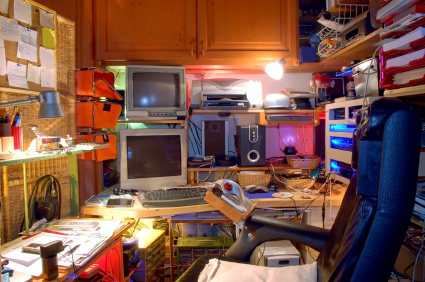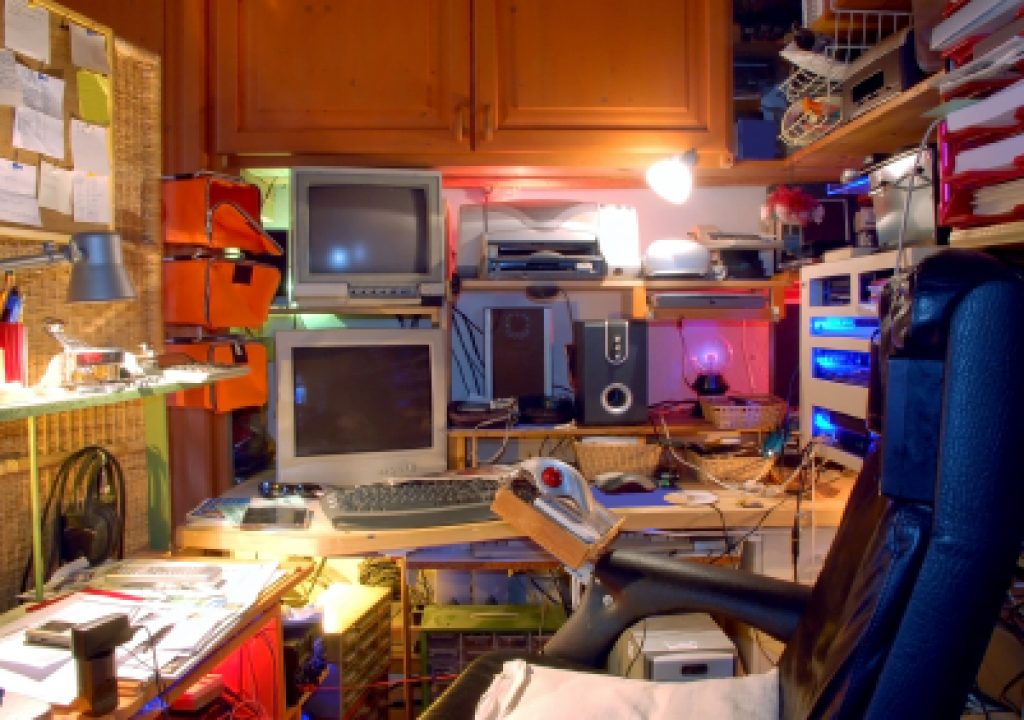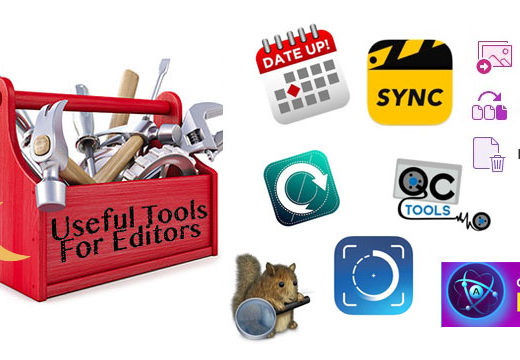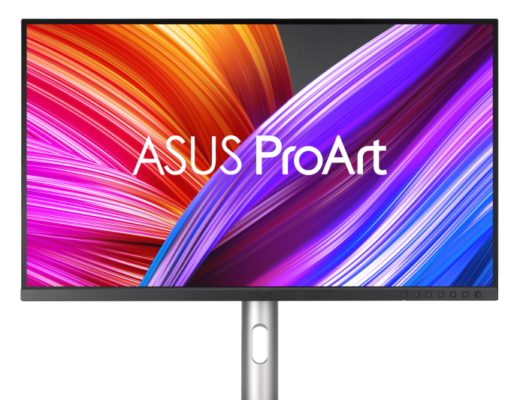
If you’re a working editor out in the world, chances are you freelance or you are on staff at a post-production facility. No matter which of those two categories you might fall into you probably don’t work in a vacuum; that vacuum being one single edit suite that you and you yourself occupy without any interaction with others. Okay maybe if you are one of these hyphenates that do it all, then you might not ever work in another edit suite but if you are freelance you probably (hopefully) are called to bring your talents to into other post-houses to work your magic. If you are a full-time staff editor you might occasionally have to leave your edit suite behind to take a vacation or an extended leave of absence while you travel the world on the film festival circuit (hey, a guy can dream can’t he?). This article is meant to stir a little discussion on what both sides of this equation can do to make life a bit easier when dealing with someone else’s edit suite or someone else coming into your room.
Modifying or installing into the operating system
If you are a freelance editor coming into the edit suite of a post house or other facility where multiple editors and assistants have to use the system on which you will be working you might be asked not to modify the system in any way. Often a system will be set up with little or no admin access so you can’t install drivers or software that’s not approved (and installed) by the post house. While this may be a bit frustrating for the freelance editor it’s understandable from the perspective of those that are responsible for maintaining working equipment as they can’t be sure of who is trying to install what onto that working system. If there’s something that you as a freelance editor really need to edit at the optimum level that the client is expecting then contact the engineer or administrator well in advance of the session to discuss this request. It’s often not a big deal to install something like a tablet driver for an editor who wants to use his/her Wacom tablet but since things like that are often a system resource that may require administrator access then it’s a courtesy, at the very least, to inquire before you install. And often a necessity if a password is required.
Application specific settings
One important thing that an editor will want to install on a system they are working on are application specific settings. In Avid Media Composer this is the single Avid settings file that includes things like keyboard layout and bin columns. In Final Cut Pro it’s a bit more complex as these settings are scattered into different folders though those folders are all contained in the Final Cut Pro User Data folder. I once worked at a post house would not allow freelance editors to install any editor specific FCP user data. Their reasoning was beyond me but I did contact the facility owner in advance of the session and emailed my FCP keyboard layout for him to install on his own terms. While it’s reasonable for a facility to not want freelance editors installing drivers and software on their machines it’s, IMHO, very unreasonable to have a rule that says editors can’t install application specific settings like keyboard layouts. The application settings are very personal to the individual editor and are often refined over time for the editor’s workflow so to try and not allow those settings to be installed isn’t in the best interest of the post house. These types of settings don’t interfere with the operating system of the computer so there’s no real technical reason for them not to be allowed. Avid Media Composer settings have been known to become corrupt but good Avid troubleshooting often involves the creation of new user settings to eliminate problems. It’s up to the editor to have the experience and knowledge of the application that they are selling their skills on to know how to, for example, check the Final Cut Pro keyboard layout if the keys aren’t responding properly. It’s often as simple as seeing that there is a custom layout selected.
The freelancer working in another suite
If you’re a freelancer, assistant or outside editor coming into someone else’s edit suite, here’s a few guidelines to follow that will make it easier for coming in after you, especially if there is a staff editor who uses the system on a daily basis. Plus it will probably make you the freelancer look a bit more professional in their eyes. Often that means someone doesn’t have to come in behind a freelancer and restore the system to an earlier state.
While this could be quite an extensive list, here’s a few things that I’ve noticed over the years that freelancers or assistants have changed (and this is all Macintosh based) to meet their own needs without either noting these things for the next editor after their session or without returning the system to an earlier state after completion of their edit:
• In the Macintosh Finder, be careful if you change things like the Finder Preferences. If you turn off certain items that are shown on the desktop or the default new Finder window then return them to their original settings.
• I would suggest not changing the label names, even if they are at their default. If you make an extensive use of Finder labels then make a paper note of what your colors mean. You can always grab a screen shot of the Finder Preferences of your own system and then print out your customization.
• Also be careful if you change the sidebar of the Mac Finder window. You can choose certain things to show and to hide and often the regular user of the system has tailored this to his/her likeness. You can also drag new folder locations into the Places menu of the Mac sidebar. If you add your own, remove them by dragging them back out at the end of your session. And if you choose to turn the sidebar off entirely, turn it back on when you are finished.
• If you install any drivers or specific software then uninstall them when you are finished. If the software doesn’t offer an uninstall option via the installer or another application then I would question the install on a system that isn’t yours. There’s nothing worse than a bad driver causing problems when the peripheral it’s supposed to be driving isn’t connected to the computer. While this isn’t near the problem it used to be in Mac OS 9, drivers can still hog some resources running the background when they aren’t needed.
• Restore the Mac OS X dock to its former size, magnification and position. If the regular user of the system has Magnification turned off then it’s probably turned off for a reason.
• If you change the Expos© and Spaces preferences then change those back to how you found them. These particular preferences can often take some time to get just right and they are often changed one step at a time so it might be tough for the original user to remember exactly how he/she had them, just that they were at a state that they liked. And if the Expos© Active Screen Corners are all turned off, they too are off for a reason!
• If you change the Display preference, such as the placement of the menu bar, put that back to its position in which it was found.
• If you know you won’t be back to this particular edit suite then remove your application specific settings like FCP user data or Avid settings. If you might be back later then they are probably okay to stay but leave a note for the regular editor to they won’t be surprised when there’s a lot more column layouts then when they left. And always put the FCP keyboard layout back to the layout of the previous editor if you know who that is, the default if you don’t.
And here’s two biggies:
• Never remap a keyboard that someone else has setup. If you begin an edit job on another system and the keyboard mapping you encounter has had extensive changes then load a default mapping and start from there. Better yet bring your own settings and load those, just remember to put the other mapping back when you finish the session.
• If you have to change the Final Cut Pro capture scratch folders then please put those back at the end of your session. FCP gives the editor no indication of where the capture scratch settings currently reside so you might think you are rendering to one media drive only to be rendering to another.
Setting up an edit suite for the incoming freelancer
On the flip side of the list above, there’s certain things that a post-house or edit suite owner can do for a freelancer or assistant who is to be using their system :
• First and foremost, tidy up the edit desk and surrounding areas. There’s few things worse than sitting down at someone else’s editing station and seeing crumbs, empty soda cans, coffee cups, spoons and/or candy wrappers lying around. And just the general straightening of paperwork, Post-it notes and office supplies in general will make the freelancer feel more at home and more comfortable in general. And whoever owns the suite will look less like a slob. Really.
• Tidy up the Macintosh desktop. Like a messy room, a messy desktop is often a sign of an unorganized person in general. It’s not a comforting feeling for a freelancer to sit down at an editing system for the first time, see a desktop littered with QuickTimes, graphics, Word docs, etc and wonder if their invoice is going to somehow get lost in the shuffle as well. If nothing else create a Desktop Items folder and place the crap within that folder.
• Disable (or at least make a note of) system resources that change the appearance or functionality of basic operating system functions. Since non-linear editing applications are all computer based, most editors know their way around an operating system and can figure out something that might be a bit different than what they are used to. But it can be handy to prepare a document that spells out these things for a new editor. If you have, for example, H.264 hardware acceleration in the edit system then this is something any editor would want to take advantage of when exporting client approvals but a freelancer might be unaware this exists.
• Present expectations before an edit session begins. If your post house has specific protocol for the naming of project files, saving graphics and media, client approval copies and things like that, present that to the editor before a session begins. Something as simple as an email a day or two before a scheduled session can put the editor’s mind at ease as to how a new facility works.
• If lunch isn’t going to be provided then let the freelancer know this at the beginning of a job so he/she can plan accordingly. And a tour of the facility to introduce the freelancer to staff and point out the bathrooms, machine room, kitchen, etc. is common courtesy.
All of these items listed above are just a sample of things that might help both the freelancer and the post-house make a smooth transition into a new relationship. There’s obviously going to be very situation specific things not mentioned above as well as things that I haven’t thought about or might not have encountered in my years of editing. That’s what the comments below are for!
Please feel free to add other thoughts, ideas and suggestions about “edit suite etiquette” when sharing an edit suite.

Filmtools
Filmmakers go-to destination for pre-production, production & post production equipment!
Shop Now













